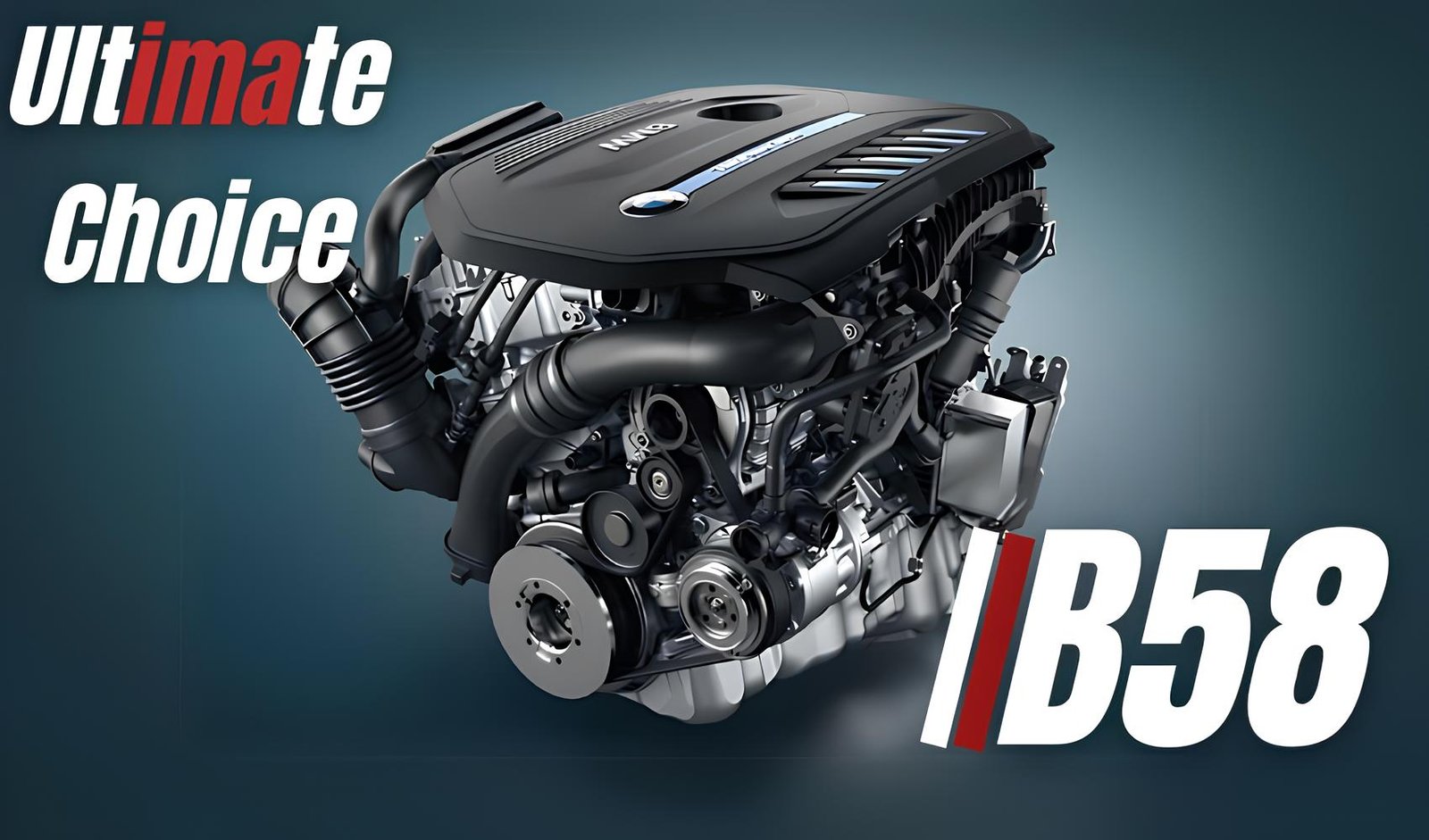The automotive industry has seen huge advancements over the past decade with major improvements in comfort, safety, efficiency, and overall performance, regardless of the price or manufacturer.
Among this humongous crowd, German car brands always find a way to make people buy their cars, regardless of the expensive maintenance or long-term reliability issues buyers face over the years.
Now out of the German brands, BMW is the only brand to focus on the reliability and longevity of its vehicles, while still keeping the cutting-edge technology to their name.
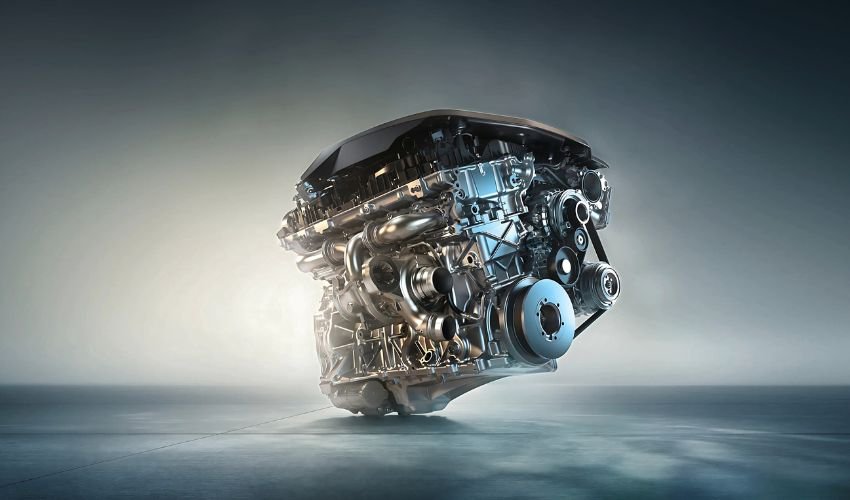
BMW B58: The Greatest Among Many
BMW has a bit of a hit-or-miss reputation when it comes to engines. While the company has created some incredibly reliable BMW models, it’s also been responsible to be with the most wallet-draining problems.
BMW has introduced several iconic engines like the N52 and S54 Inline-6, but a relatively new engine has left its mark on history and has been one of the greatest to compete. We’re talking about the BMW B58 engine – it’s not just as good as publicized, but better.
Since introducing the BMW B58 engine in 2015, the design and overall technology have improved so much over the years, that it is now competing against the greatest German engines like the Mercedes-Benz M256 and the Audi 3.0 TFSI.
Reliability has been significantly improved and tuning potential compared to predecessors like N55 and N54. Here is a brief look at the BMW’s B58 engine, its flaws, and the overall development of this powerful reliable engine.
What Makes The B58 So Reliable?
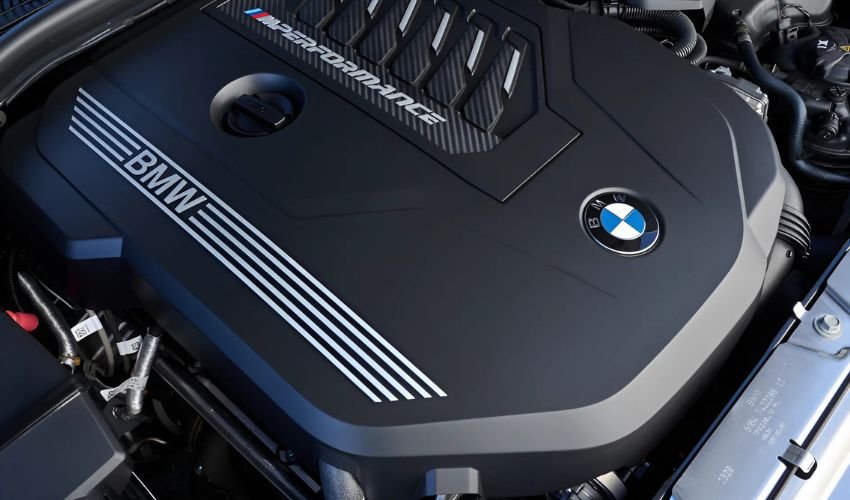
The BMW B58 engine was introduced in 2015 as the successor to the N55, marking a pivotal shift in BMW’s engineering philosophy, combining performance with unprecedented reliability.
Part of BMW’s modular engine family, the B58 was designed with a closed-deck aluminum block, a twin-scroll turbocharger, and forged steel internals, enhancing durability and power delivery while reducing turbo lag by 20%.
Its 3.0-liter displacement and 11.0:1 compression ratio allowed it to produce more power, generating up to 382 hp, with refinements like an integrated water-to-air intercooler and Valvetronic/Double VANOS system optimizing efficiency and responsiveness.
Over its lifespan, BMW introduced technical updates like the “B58TU” in 2018, which added a one-piece timing chain, higher fuel pressure, and split cooling circuits. This was further improved with the “B58TU2” in 2022, incorporating port injection and a 48V mild-hybrid system for improved emissions and hybrid compatibility.
The engine’s rotating assembly comprises a forged steel crankshaft and connecting rods. As part of the BMW’s new modular engine family, the B58 crankcase is a new design identical to the BMW B57 diesel engine.
BMW B58 Engine Family Specs
| Engine | B58 (Base) | B58TU (Updated) | S58 (High-Performance Version) |
| Engine Layout | 3.0-liter, I6, single turbocharged (twin-scroll) | 3.0-liter, I6, twin-turbocharged | |
| Bore x Stroke | 82 mm × 94.6 mm | 84 mm × 90 mm | |
| Dates Produced | 2015-2019 | 2018-present | 2019-present |
| Power | 322-355 hp | up to 375 hp | 453-503 hp |
| Torque | 322-369 lb-ft | 384 lb-ft | 406-479 lb-ft |
You May Also Read: Best Used Luxury Cars
Top BMW Models Running The B58 Engine
The B58 engine combines two great things: it runs smoothly while still giving you the desired quick acceleration. The engine being one of the most dependable, lasts a long time and stays strong even when modified. Since so many cars use this engine, finding spare parts is both easy and affordable.
BMW’s B58 engine has been used in many notable models, subsequently appearing in BMW SUVs, tough off-road vehicles like the Ineos Grenadier, sports cars like the Toyota Supra, and pretty much everything in between.
Here are the top 5 BMW models running the B58 engine.
BMW M340i (2019- Present)

With a 3.0-liter turbocharged six pumping out 382 horsepower and 369 lb-ft of torque, The BMW M340i is a flagship model that outdoes the capabilities of the B58 engine, balancing daily use with pulse-pounding performance.
The M340i’s rear-biased xDrive and adaptive suspension will also not disappoint. The technology-filled interior, handsome looks, and overall reliability make the car stand out for anyone who’s seeking a comfortable cruiser that makes cutting off other jerks in traffic, long road trips, and everything else easy.
| Engine | B58 Turbocharged I6 (Inline 6) |
| Max Power | 382 hp |
| Transmission | 8-speed automatic |
| Drive Type | All-wheel drive (xDrive) |
BMW Z4 M40i (2019–Present)

Designed alongside the Toyota Supra, the BMW Z4 M40i pairs raw B58 performance with open-top exhilaration. The 3.0-liter turbocharged inline-six delivers up to 382 horsepower and 369 lb-ft of torque. 0-60 mph is as low as 4.2 seconds while maintaining rear-wheel-drive agility and a retractable soft-top that stows in 10 seconds.
The B58’s tunability and reliability shine here, offering enthusiasts a rare mix of open-air freedom and sports car intensity. With a driver-focused cockpit and customizable driving modes, it’s a standout among B58-powered models, proving BMW’s engineering can thrill without compromising everyday usability.
| Engine | B58 TwinPower Turbo I6 (Inline 6) |
| Max Power | 382 hp @6500 rpm |
| Transmission | 8-speed automatic |
| Drive Type | RWD |
BMW 640i xDrive Gran Turismo (2017–Present)
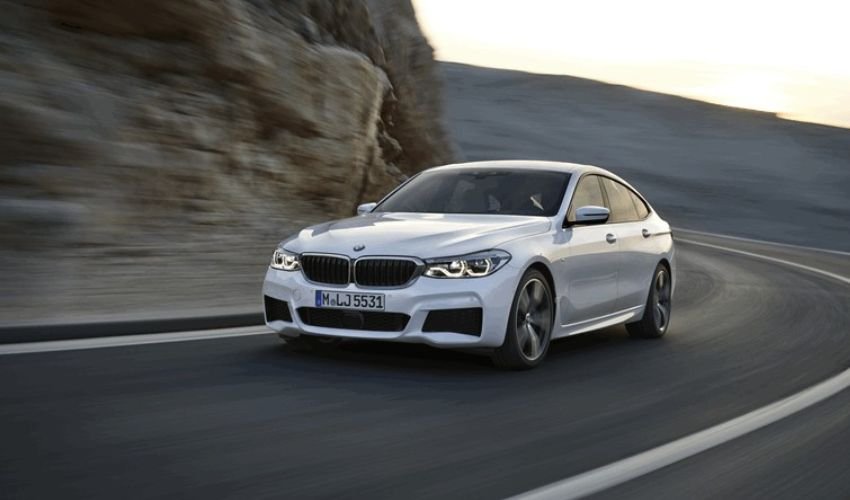
Though BMW never put the B58 engine in the beautiful Gran Coupe, they did put it in the GT model which is the only model to get the B58 in a 6 Series.
The GT was introduced as a mix of an SUV and a wagon, giving you lots of room for both passengers and cargo. In fact, you can fit more stuff in its trunk than in the X3 SUV. It’s bigger and more luxurious than both the 3 Series GT and 4 Series Gran Coupe, making it incredibly practical for everyday use.
And thanks to the B58 under the hood, you can enjoy the car’s amazing speed and power knowing it won’t break any time soon.
| Engine | Turbocharged Inline-6 (I6) |
| Max Power | 335 hp @5500 rpm |
| Transmission | 8-speed automatic |
| Drive Type | All-wheel drive (xDrive) |
B58’s Double Edge – Problems With The Engine
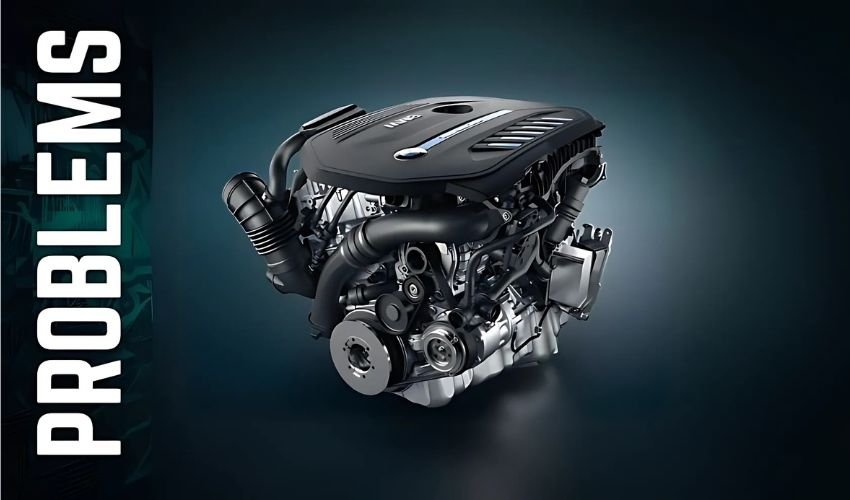
The B58 turbocharged straight-six engine is great but still is prone to common problems. Unfortunately, the BMW B58 suffers typical engine issues, especially when not maintained or appropriately tuned.
In some cases, the vehicles using B58s are modified incorrectly, neglected, or thrashed, leading to higher failure rates than the BMW B58 deserves. Here are common BMW B58 engine problems.
VANOS Solenoid
BMW’s VANOS proprietary system for dynamic valve timing is similar to Toyota’s VVT-I or Honda VTEC. In a BMW B58, the changes in oil pressure control the VANOS timing, which is triggered by a solenoid. Common symptoms with a failing VANOS include decreased efficiency, loss of power, sluggish throttle response, rough idle, and limp mode.
Failing of the solenoid’s O-ring is the most typical problem of VANOS in BMW B58. The rubber O-ring gets damaged over time due to wear and high engine temperatures. This permits the oil to ooze through, causing the VANOS solenoid to fail when triggered.
To prevent the VANOS problem, since you can’t see it coming, is through proactive maintenance. BMW recommends replacing the O-ring seal every 50,000 miles and replacing it with a new system at 70,000 miles.
Valve Cover Gasket
Another “common problem” of the BMW B58 engine is the valve cover gasket (VCG). The problem is not unique to BMWs alone since any modern vehicle will have a rubber valve cover gasket worn with use.
However, BMW needs to improve on its VCG fails. You should be vigilant for leaks as an owner between 60,000 and 100,000 miles, as oil loss can lead to significant engine damage. Common symptoms include visible leakage by the gasket, soaked spark plugs, smell of burning oil, and low-oil light.
BMW B58’s invention is claimed to counter the problem. B58 heat retention system is aimed at retaining engine temperature for up to 36 hours. The prolonged heat retention allows less temperature shock and a more gradual heat cycle for sensitive parts like VCG.
Oil Filter Disintegration
BMW motors, including B58s, have an odd habit of having their oil filters disintegrate from everyday use. As oil passes, the filter will detach from the housing and eventually tear into multiple pieces.
Engine oil filters are not expensive, including those made by BMW. However, the issue isn’t price. A disintegrated oil filter will not do its job, allowing foreign particles and contaminants to slip through to unwanted areas in your engine.
To avoid the issue, maintain proper oil and filter change intervals. Changing your oil and filter as recommended is essential and will reduce the opportunity for the oil filter to disintegrate.
BMW B58 Engine – FAQs
[helpie_faq group_id=’182’/]

